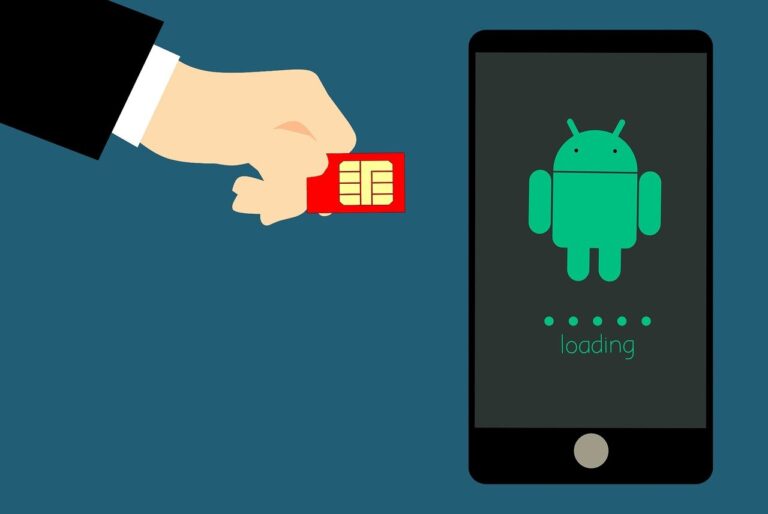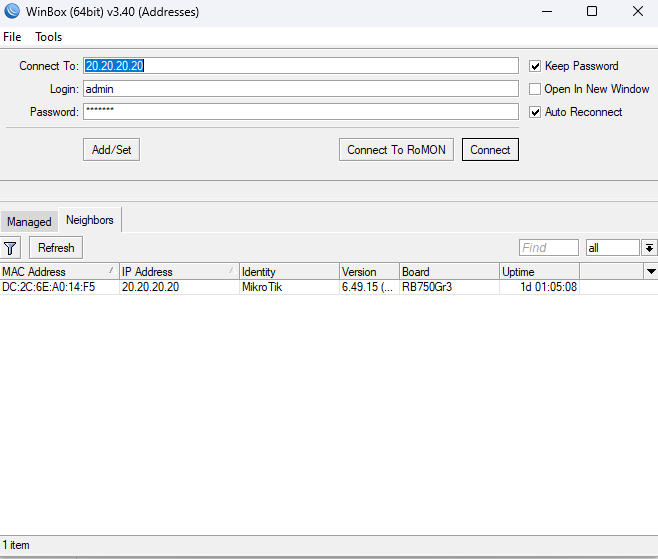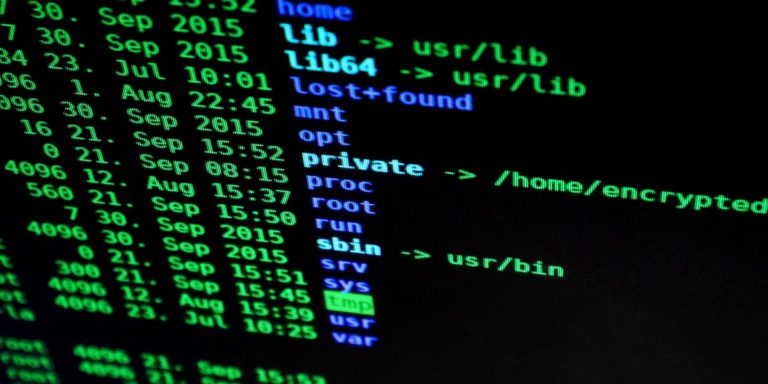What is a Network Adapter (Network Interface Card – NIC)
A network adapter is chipset on circuit boards that provides physical access from the PC to the LAN or Wi-Fi (WLAN) network. The network adapter is also known as Network Interface Card (NIC).
If it provides access to wired LAN then UTP or fiber optic cable is used to connect PC to switch. If it’s used to provide access to Wi-Fi, we talk about antenna which is connected to computer via USB. It can be integral part of a motherboard also.
The network adapter is responsible for fragmenting the data transmission and formatting the data frames with the necessary header and trailer. A standard IEEE network adapter contains a unique, hard-coded logical address (MAC address), which it includes in the header of each data frame it transmits. The NIC has buffer memory, which enables it to absorb number of bits transmitted by the associated device, and hold them until time the network is available.
In the context of the OSI Reference Model, network adapters function at the Physical and Data Link layers. It also may contain a microprocessor that can relieve the attached device of some routine computational functions.
The network adapter can take a number of forms. It can be circuit board that fits into the slot of the PC, a PCMCIA card, or a stand-alone device. Transceivers (transmitter/receivers) are used in LANs to receive a carrier signal and then transmit it on its way. They are embedded in NICs.






